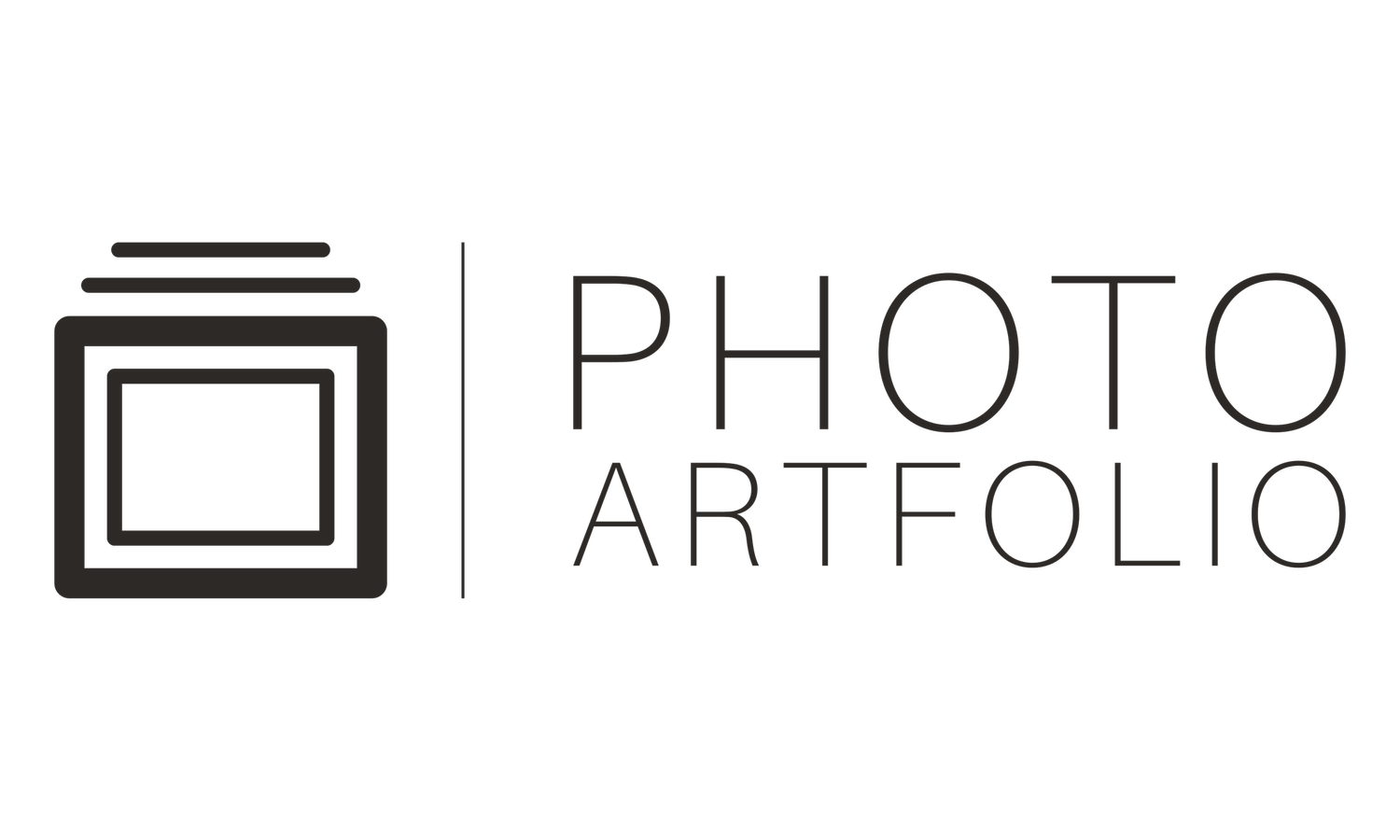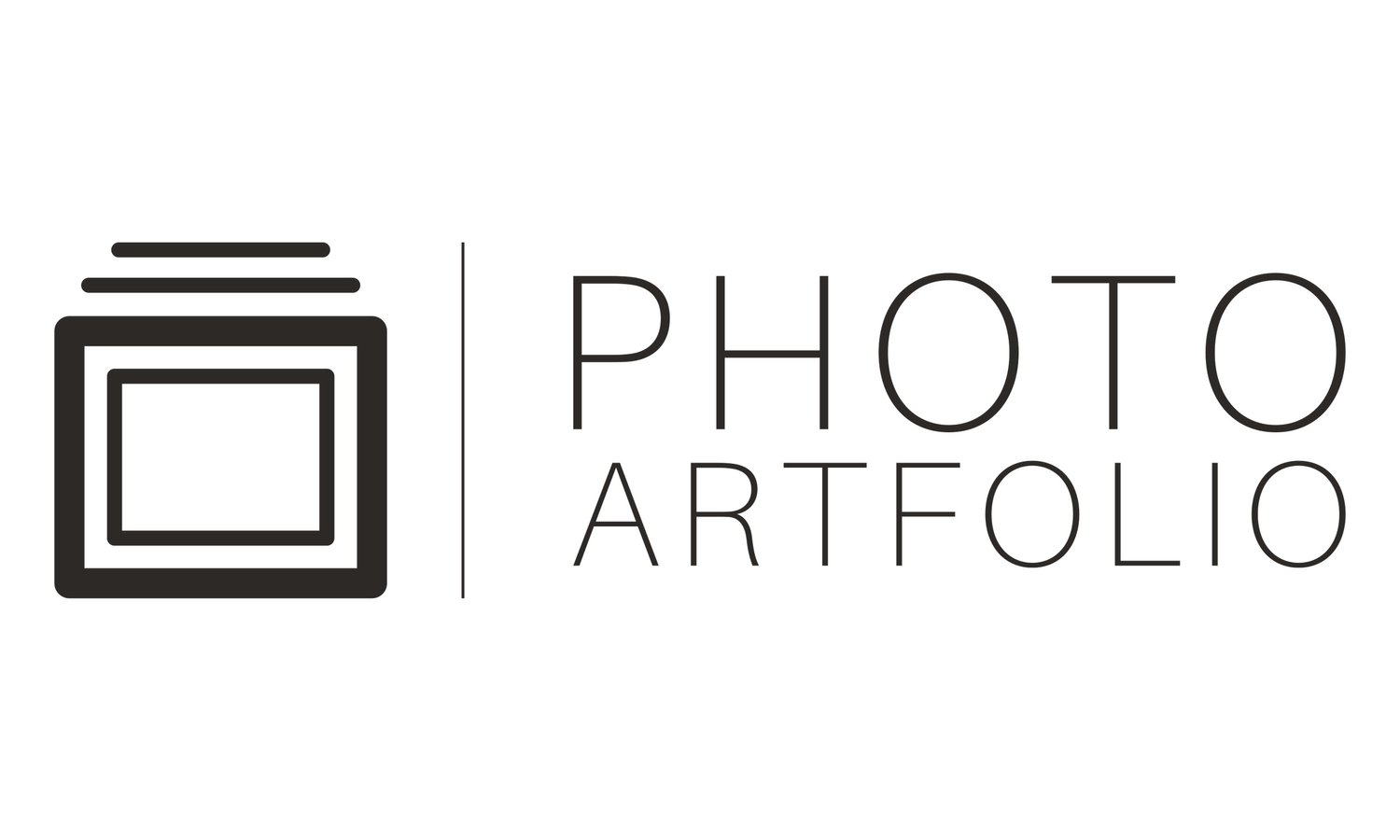Curating Your Best Portfolio
-

1. Set your Goal
Before you can decide what work to put forward, think about your portfolio’s goal and who your audience is. Your portfolio represents who you are as a photographer and the kind of work you’d like to do in the future. Are you trying to get commercial jobs and if so, what kind? Alternatively, are you trying to appeal to a gallery director or apply for a grant? The more clarity you have on who will be looking at the work, the clearer it will be which images to include and which to exclude.
-

2. Gather your Work
Once you have clarity on your portfolio’s intended audience, gather the images that might fit. At this point, don’t be too selective. It’s helpful to look at your larger body of work before you start whittling down the choices.
-

3. Look at Samples
Spend some time looking at the portfolios of photographers you admire or who have succeeded in accomplishing what you hope to achieve. If you’re creating your portfolio for a website, research photographers working in your niche. If you’re applying for a grant or a gallery show, look at the work of past grant winners or photographers who have been exhibited at that gallery. While your work will be unique to you, it’s helpful to see what has worked for others.
-

4. Your Strongest Work
Begin choosing your strongest images. Remember your portfolio is only as strong as your weakest photo so if you have any images that are weaker technically or compositionally, cut them out. Also begin looking for work that connects stylistically and thematically. You want viewers to have a strong sense of your unique vision and not walk away confused by a random selection of images. The number of final images you include will partly depend on what your goal is and the specified expectations. For a website, shoot for around 30 images. If you’re applying for a grant or showing work to a gallery owner or portfolio reviewer, find out what their expectations are.
-

5. Sequence your Work and Get Feedback
If you’re struggling to decide what to include, sometimes sequencing your images can be helpful. Think about the connections between images, how they flow aesthetically or narratively. Maybe there’s an image you really love but you can’t find a place it naturally seems to fit. Once you’ve edited your images down, share your choices with a variety of people whose opinion you respect and ask for feedback. Try to be open and remember that if you need to explain why you think a photo is good, it probably shouldn’t be included. Also, consider writing captions and alt text for your work. This will not only help you put your work in context but, if your work will be online, it will improve search engine optimization (SEO) so that your work will be more easily found and seen.
-

6. Optimize your Final Presentation and Share!
Make sure your final images look their best before sharing your portfolio publicly. If you’re printing work for a gallery owner or portfolio reviewer to look at, make sure the images have been optimized in post-production and are high res so that they have as much richness and tonal range as possible. Think about paper choice and presentation format, size of prints etc. and how to best express your unique voice in terms of these choices. If your work will only be shown online, make sure your image files aren’t too large so they won’t cause problems with loading. For full-width slideshows (that automatically stretch to the full size of the browser), 2560 pixels in width is a general recommendation. Lastly, share your portfolio! And remember, your portfolio will grow and change as you develop your skills and unique voice. Try to update your work every six months or so to make sure your portfolio reflects the photographer you are now.

